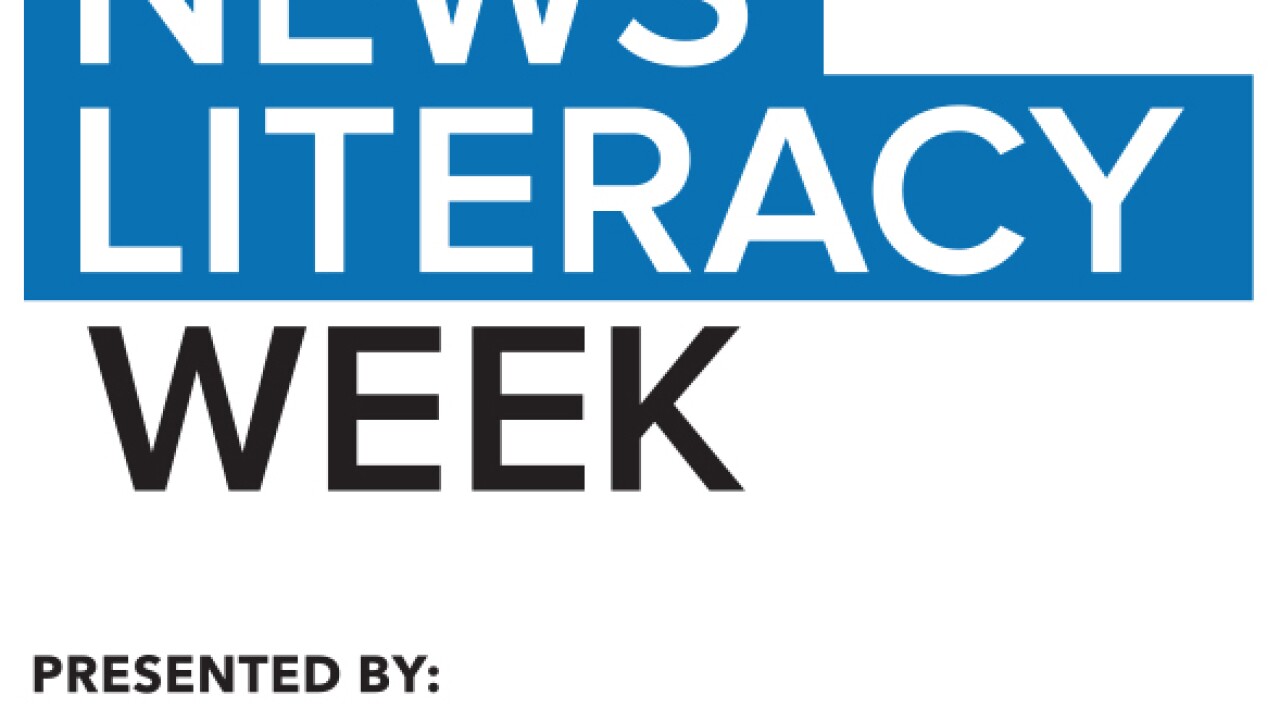Fake news in politics is inescapable and, according to reports, it's growing.
In 2019 there were 8.6 billion engagements on social media involving fake news. In 2020, that number grew to 16.3 billion.
As News Literacy Week continues, KATC and our parent company E.W. Scripps are trying to help you sift through what's real and what's not with the help of the News Literacy Project.
We compiled advice from journalism professors on just how to spot fake political news.
First, take a look at who the writer is and who they write for.
How long has the publication been around and who pays their salaries.
Also make sure to gather facts from multiple news sources covering the same topic.
If that's not enough, fact checking software like Newsguard will show you which sites you can and cannot trust.
To read more about spotting fake political news, see our full story:
News Literacy Week: Spotting Fake Political News
This story is part of New Literacy Week. Find more stories below:
News Literacy Week: Recognizing manipulated content
News Literacy Week: Manipulated Content
News Literacy Week starts today
KATC participates in second annual News Literacy Week
------------------------------------------------------------
Stay in touch with us anytime, anywhere.
To reach the newsroom or report a typo/correction, click HERE.
Sign up for newsletters emailed to your inbox. Select from these options: Breaking News, Evening News Headlines, Latest COVID-19 Headlines, Morning News Headlines, Special Offers





